Iaea
Table of contents :
COVER……Page 1
FOREWORD……Page 4
EDITORIAL NOTE……Page 5
CONTENTS……Page 6
SUMMARY……Page 7
1.1. Scope and history of the lamped-parameter approach……Page 9
1.2. Useful definitions……Page 10
3. Basic principles for constant flow systems……Page 13
4.2. Piston Flow Model (PFM)……Page 15
4.4. Linear Model (LM)……Page 16
4.5. Combined Exponential-Piston Flow Model (EPM)……Page 17
4.6. Combined Linear-Piston Flow Model (LPM)……Page 18
5. Cases of constant tracer input……Page 20
6.1. Tritium method……Page 22
6.2. Tritium-helium method……Page 23
6.3. Krypton-85 method……Page 24
6.6. Other methods……Page 25
8. Variable flow……Page 26
9.1. Applicability of the models……Page 27
9.2. Granular aquifers……Page 29
9.3. Karstified and fractured aquifers……Page 30
10.1. Granular aquifers……Page 33
10.2. Fractured rocks……Page 39
10.3. Complex cases……Page 46
10.4. Complex cases in karstic rocks……Page 48
REFERENCES……Page 51
APPENDIX A: Examples of tracer curves (system response functions) for different injection-detection modes……Page 55
APPENDIX B: An example of differences observed in fissured rocks between the water age (tw), conservative tracer age (tt), and radioisotope age (ta)……Page 57
1. INTRODUCTION……Page 59
2. MODELS……Page 60
3. FLOW AND TRANSPORT PROCESSES……Page 61
4.1. Ground-water flow……Page 63
4.2. Seepage velocity……Page 65
4.3. Solute-transport equation……Page 66
5. NUMERICAL METHODS TO SOLVE EQUATIONS……Page 70
5.1. Basics of finite-difference methods……Page 75
5.2. Matrix solution techniques……Page 79
6. MODEL DESIGN, DEVELOPMENT, AND APPLICATION……Page 82
6.1. Model verification……Page 83
6.2. Grid design……Page 84
6.3. Model calibration……Page 85
6.4. Errors……Page 88
6.5. Mass Balance……Page 90
6.6. Parameter adjustment……Page 91
6.7. Sensitivity tests……Page 92
6.8. Calibration criteria……Page 94
6.9. Predictions and postaudits……Page 93
7. OVERVIEW OF REPRESENTATIVE MODEL-MODFLOW……Page 95
8.1. Regional-scale flow in a deep confined aquifer……Page 96
8.2. Local-scale flow and transport in a shallow unconfined aquifer……Page 100
9. AVAILABILITY AND SOURCES OF GROUND-WATER MODELS……Page 104
REFERENCES……Page 106
1. INTRODUCTION……Page 113
2. PRINCIPALS OF THE MIXING CELL APPROACH……Page 115
3. ASSESSMENT OF GROUNDWATER FLUXES AND RECHARGE COMPONENTS……Page 117
3.1 MODEL TESTING WITH SYNTHETIC DATA……Page 120
3.2 FIELD APPLICATIONS……Page 123
4. ESTIMATION OF TRANSMISSIVITIES ACROSS FLOWING BOUNDARIES……Page 132
4.1 TESTING THE MODEL WITH SYNTHETIC DATA……Page 133
4.2 FIELD APPLICATION: DISTRIBUTION OF TRANSMISSIYITIES IN THE SOUTHERN ARAVA VALLEY…….Page 135
5. ESTIMATION OF AQUIFER STORAGE COEFFICIENTS……Page 138
5.1 ASSESSMENT OF TRANSMISSIVITIES AND STORAGE COEFFICIENTS FOR OSCILLATING PffiZOMETRIC HEADS……Page 141
6. SENSITIVITY ANALYSIS: EFFECT OF ERRORS IN THE DATA……Page 143
7. SUMMARY……Page 146
REFERENCES……Page 148
4.1 Introduction……Page 155
4.2 Hydrologic considerations, the conceptual model……Page 156
4.3 Forward solution……Page 157
4.4 Inverse solution……Page 158
4.5 Basic chemical principles for geochemical models……Page 160
4.6 Mineral equilibria……Page 170
4.7 Chemical speciation modelling……Page 177
4.8 Mass balance – mass transfer……Page 181
4.9 Isotopic validation of geochemical modelling……Page 187
4.10 Using NET PA TH: speciation, mass balance and isotope balance modelling of groundwater systems……Page 197
4.11 Summary……Page 203
BIBLIOGRAPHY……Page 204
REFERENCES……Page 205
LIST OF RELATED IAEA PUBLICATIONS……Page 207
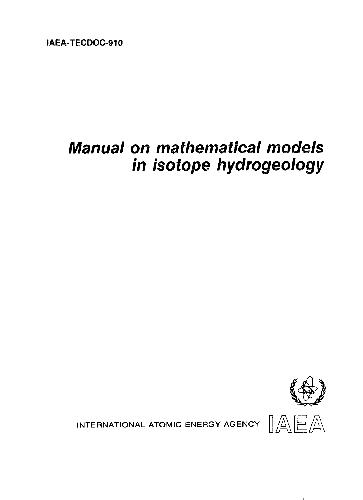
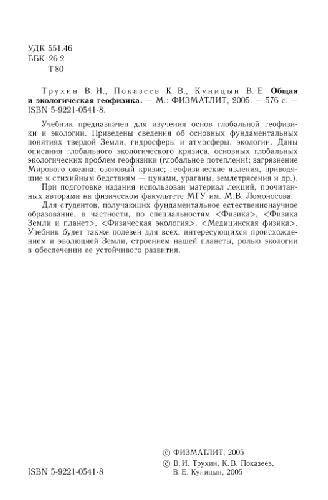
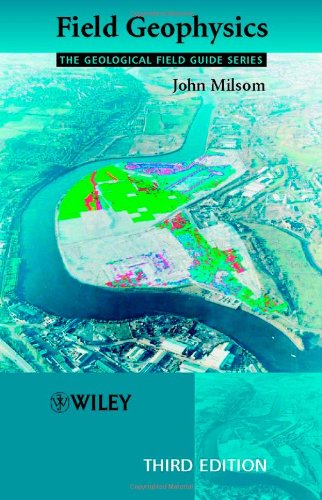
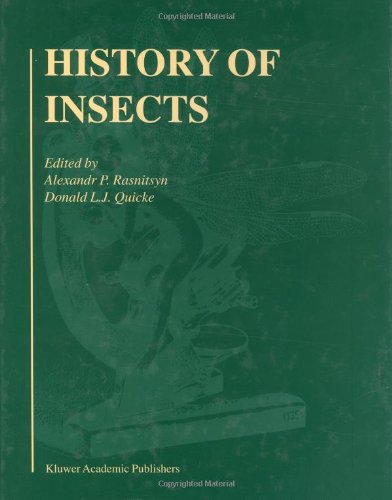
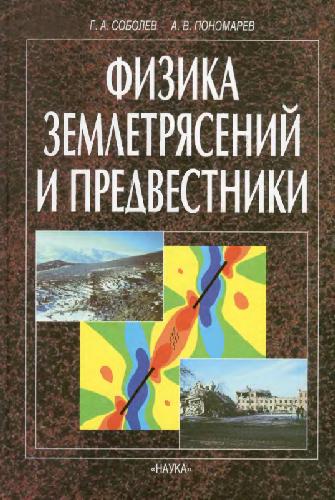

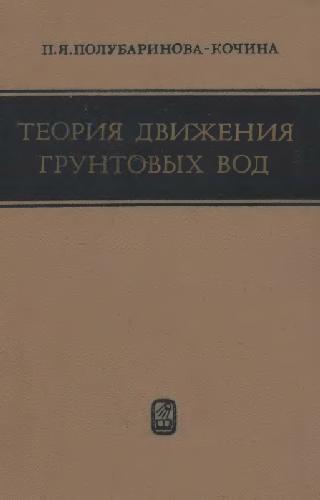
Reviews
There are no reviews yet.